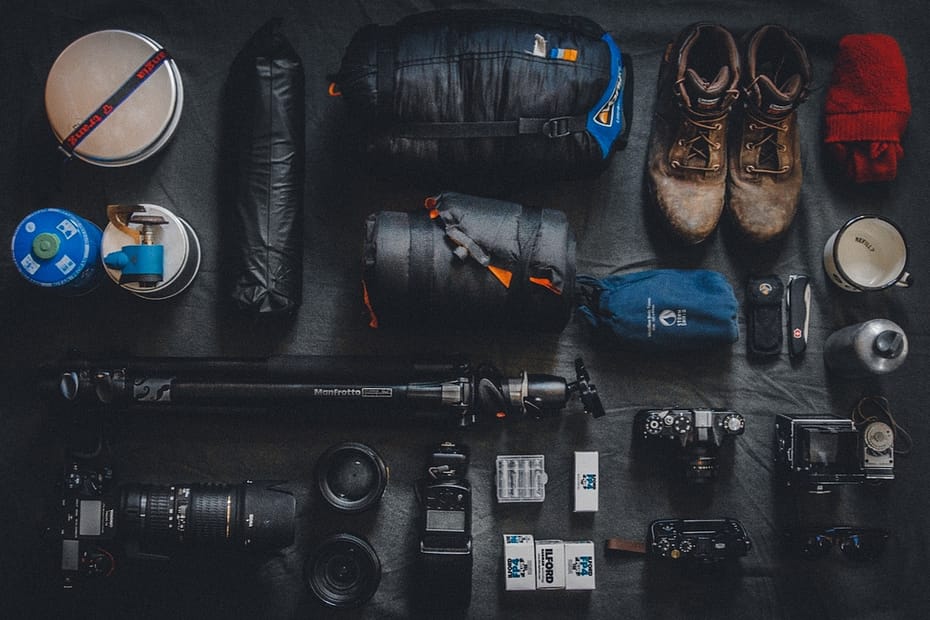Over the years, photography has gone through so many changes. Perhaps the most significant change has been the move to digital photography. In did, digital photography has had a substantial impact, if not a fatal one, to the profession of photography. It has made professional photographers irrelevant. How?
Well, digital photography has simplified the way we take and consume photographs. This change has lessened the need for professional photographers hence killing photography as a profession.
simple equipment

Since the invention of the camera, there has been a need for someone to take pictures. Photographers were a staple back in the day because taking photographs was an art in itself. Not to say that photography is not artistic today, but cameras back then were not as user friendly as they are now. There was, therefore, a need for a specific creative threshold that the photographer had to achieve to operate this “complicated machine.” For example, photographers back then did not have the luxury of instantly previewing there images. Therefore, a photographer had to trust his focusing and exposure skills instead of looking at the preview to make adjustments.
These skills are no longer essential to the modern photographer. Cameras today focus and set exposure, automatically leaving the photographer with only the task of clicking the shutter. Taking photographs, therefore, does not require any special skills. If you can click the shutter, the camera will do the rest for you. This simplicity of taking photographs has lessened the need for photographers.
minimal investment with digital photography
Digital photography has made the initial investment in photography cheaper, which in turn has religated professional photography pursuit into a hobby. Back in the day, photography was not as affordable as it is today. There was a need to invest in bulky, expensive equipment that required dedicated space to use and store the equipment. But this was not all. The expense of doing photography was ongoing. There was a need to continuously buy rolls of film with different speed ratings and lightbulbs for studio lights and to pay for studio space. All this investment meant that you could not pursue photography as a hobby. It had to be something that was going to generate some income; hence photography was a profession.
digital revolution
With the digital revolution, everything changed. What once was a profession that required a substantial investment become a hobby that anyone could afford. Cheap digital storage and the ability to reuse the same storage device over and over again lowered the cost of doing photography. As mentioned above, in the pre-digital era, photos were shot and stored on film negatives. The problem was that once a film was exposed, it could not the reused. But with digital, you can reuse the same SD card over and over again, eliminating the costly need to buy film all the time.

Another drawback of using film was its limited capacity. A roll of film that could hold 36 images was considered high capacity. Think about it. Your mobile phone can easily store a hundred or more times the images a roll of film could hold. On top of that, you can delete and reuse your storage over and over again. As a consequence, many people were able to pick up photography as a hobby.
The most crucial impact of cheap storage was the false confidence that it gave to less talented photographers. You may have heard the term spray and pray where a photographer takes as many images as possible in hopes that one will be okay. Many photographers are confident in themselves because of this method of taking photographs, which would have otherwise be costly if using film.
how we consume digital photography
The way we interact and consume photography has changed in the digital era. People of a certain age will remember photo albums (actual books, not digital albums). Photos were printed, mounted in a photo album, which was proudly displayed on a coffee table. Photo albums were a source of pride to the owner and joy to those viewing the images within. This was the way people consumed photographs.
Photo albums are disappearing as we are now consuming images digitally. There is no need to print photos as, most of the time, the device that captured the picture is also the device that shows and shares the images –the mobile phone is a good example. Taking and consuming images is instantaneous now. There is no longer the need to wait for a film roll to be developed before viewing it.
consequence
This instantaneous way of consuming photographs has affected the quality of our images. People are no longer concerned with the quality of their photos; instead, the concern is how quickly the picture can be taken and shared. How many times has someone shown you photos that are not correctly exposed or even blurry? I bet it’s more than it should be. As vague as this may sound, the point is that the quality of images these days has gone down. It seems that digital and the need to have something instantaneously has put aside the importance of quality. In a way, the digital revolution has given us the license to be sloppy. When we are interacting in digital, so it seems, we don’t care about quality. Letters we better written text messages sloppy: pictures better taken digital everything goes.
The sense of pride in what we do is gone; the goal is to get it out as fast as possible. This is the environment in which professional photographers have to operate. Professionals have to share the same space on Facebook and Instagram with sub-par photographs, and in some cases, the lousy pictures get more love than the professional ones. This has undoubtedly killed the profession of photography.
the future
The future is not for the traditional photographer anymore, at least in the conventional sense. The photographer and the photography industry has to reinvent if it is to survive the digital revolution. Some of the changes are already happening. More and more photographers are finding other streams of income to supplement traditional photography from selling photography equipment to selling subscriptions for photography courses online.
As photographers, we should resist the urge to follow social media trends, further bringing down the professionalism of photography. There is a need to void over marketing ourselves beyond our skillset. Many photographers have and continue to produce sub-par work, not only diminishing the need for professional photographers but also creating the illusion that it’s the camera and not the photographer who takes excellent images.
There is also the need to educate the general public that a professional is there for a reason. In as much as modern cameras can take better images, there is still a need for someone with an excellent photographic eye to compose captivating photos. We all can take pictures, but only the professional can do it with consistency.
final thought
The death of the profession of photography is not imminent; it can be and, speaking as a photographer should it be avoided. Yes, the digital revolution has dealt a considerable blow to photography but has not killed it. It can be saved and saved it shall.
- Adobe Firefly: Artificial Intelligence Revolution - April 4, 2023
- Why Lumina Neo Is Worth Buying - June 20, 2022
- Galaxy S22 Ultra: Camera Phone for Photographers - April 13, 2022


interestng take
Comments are closed.